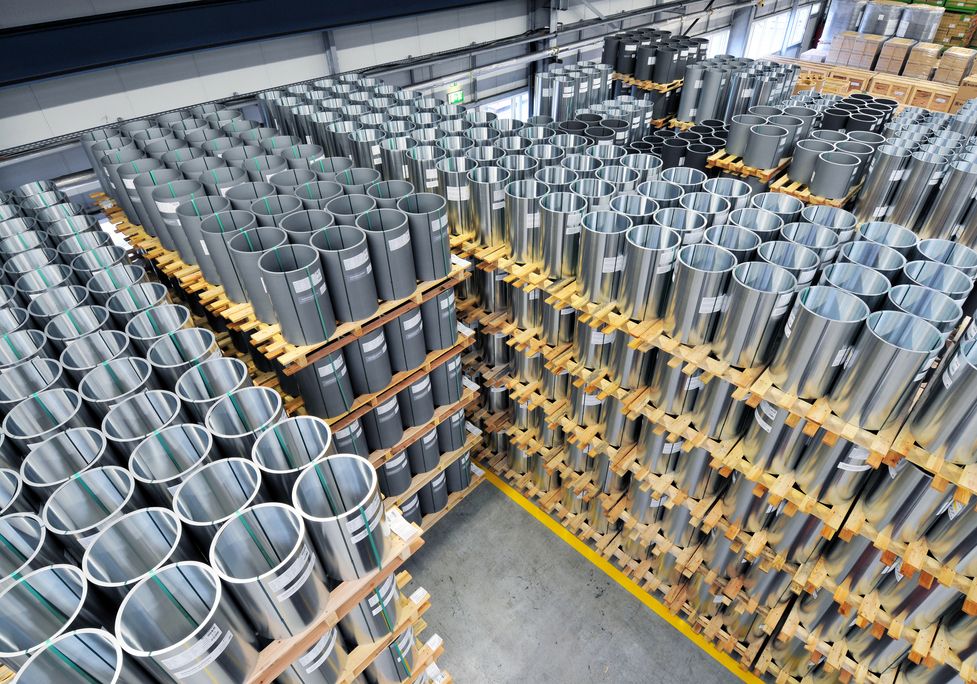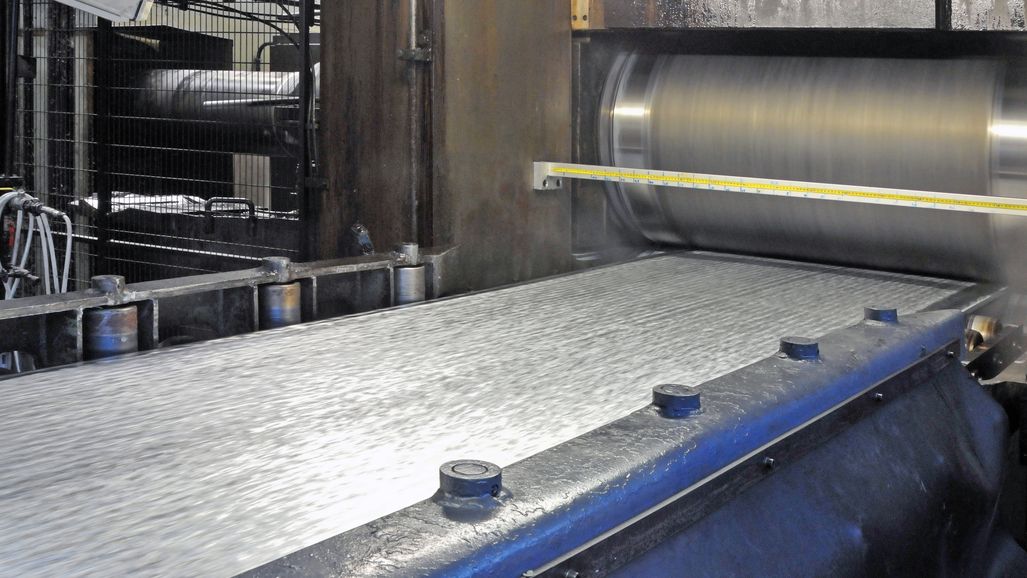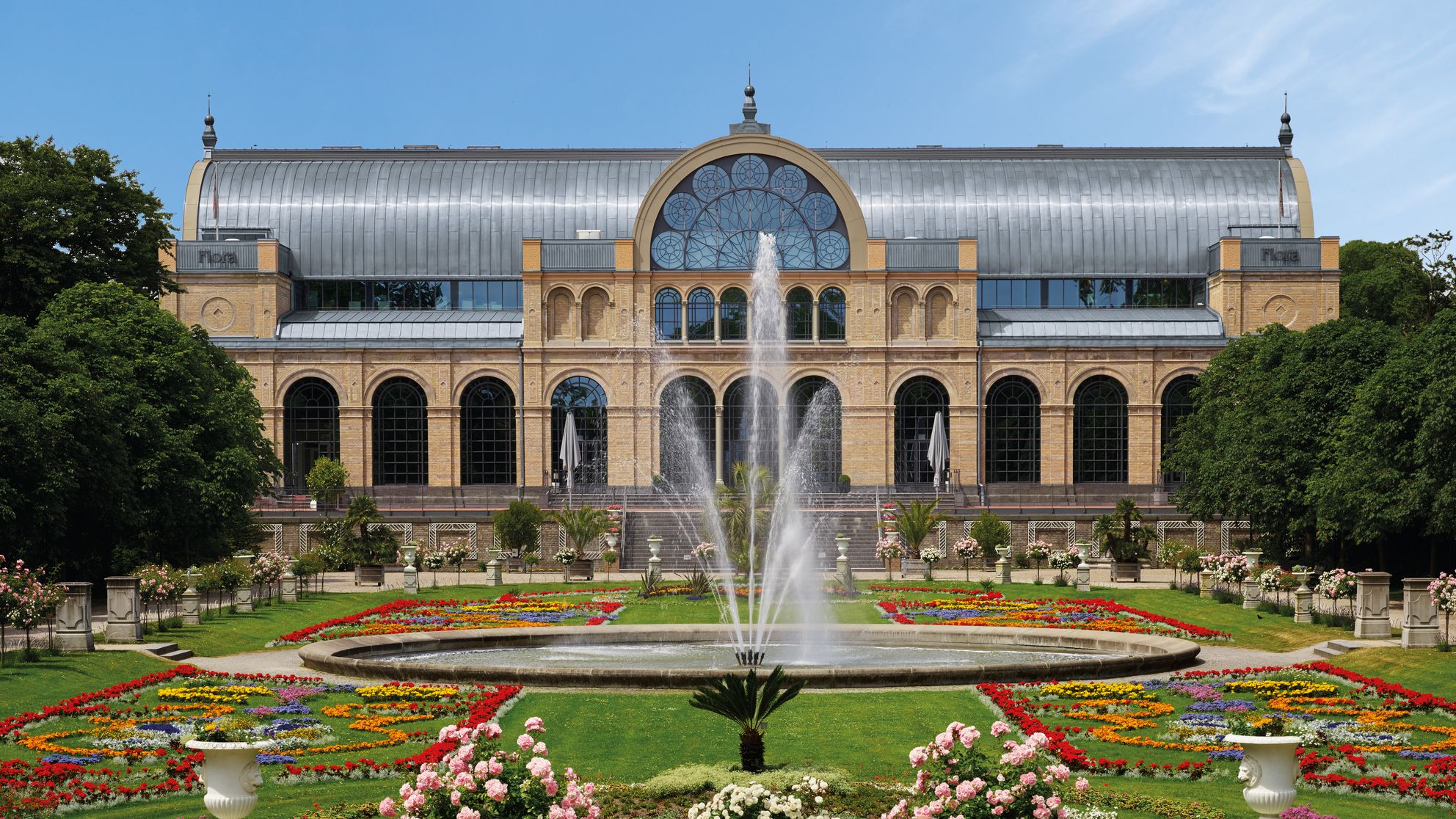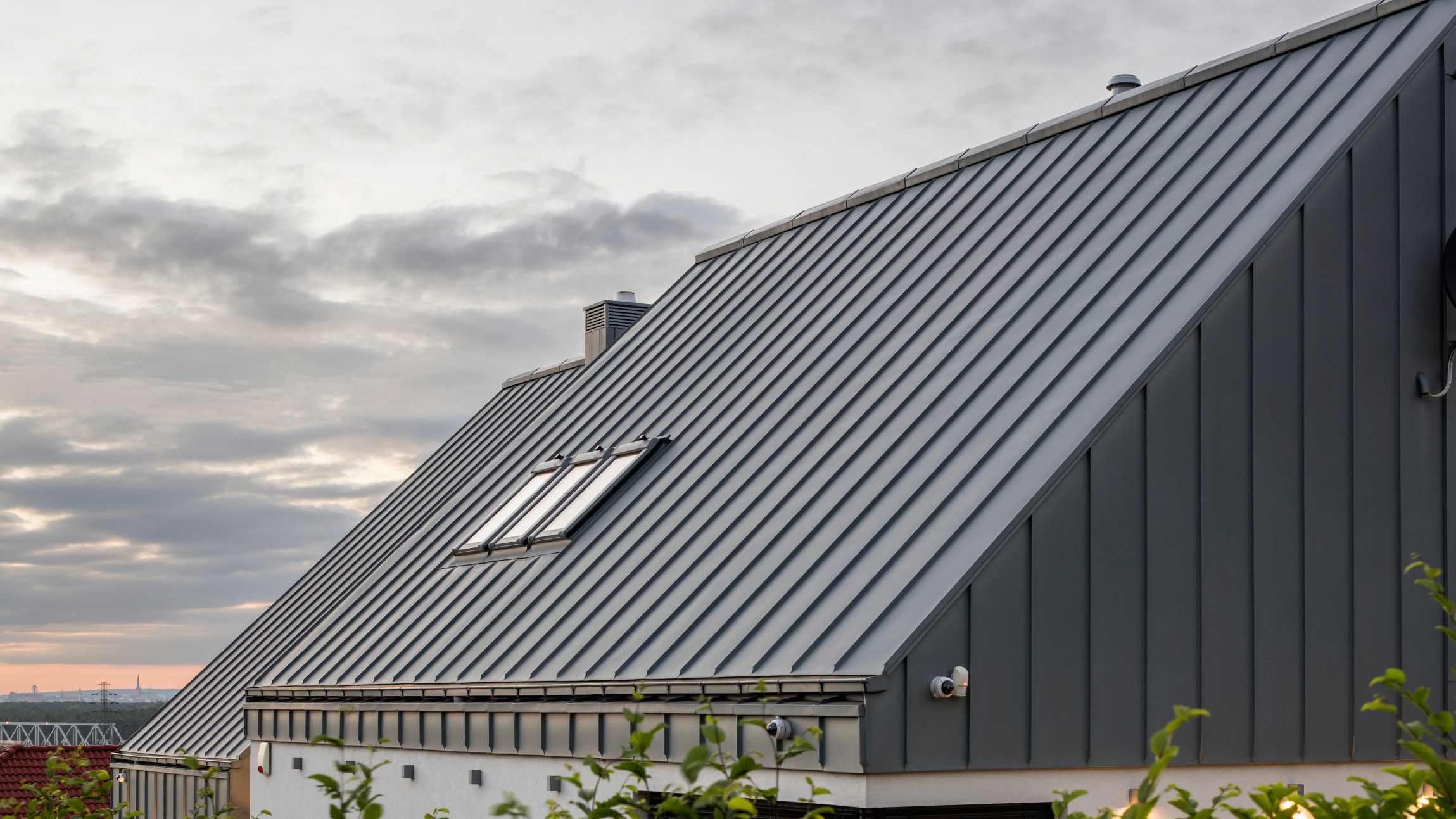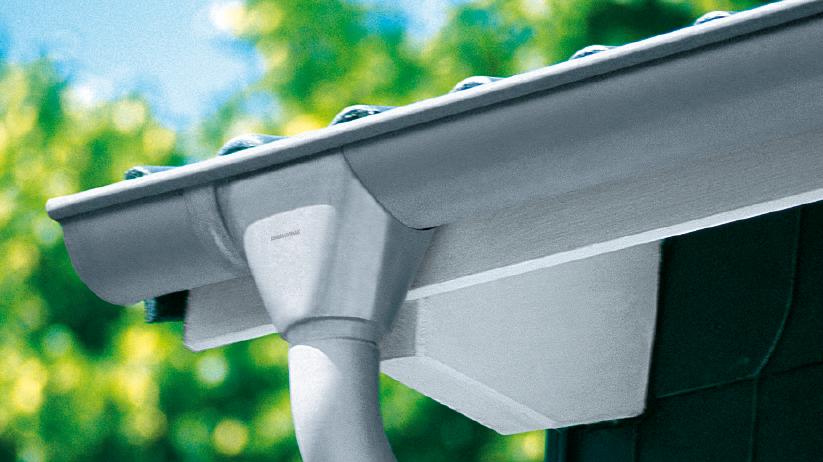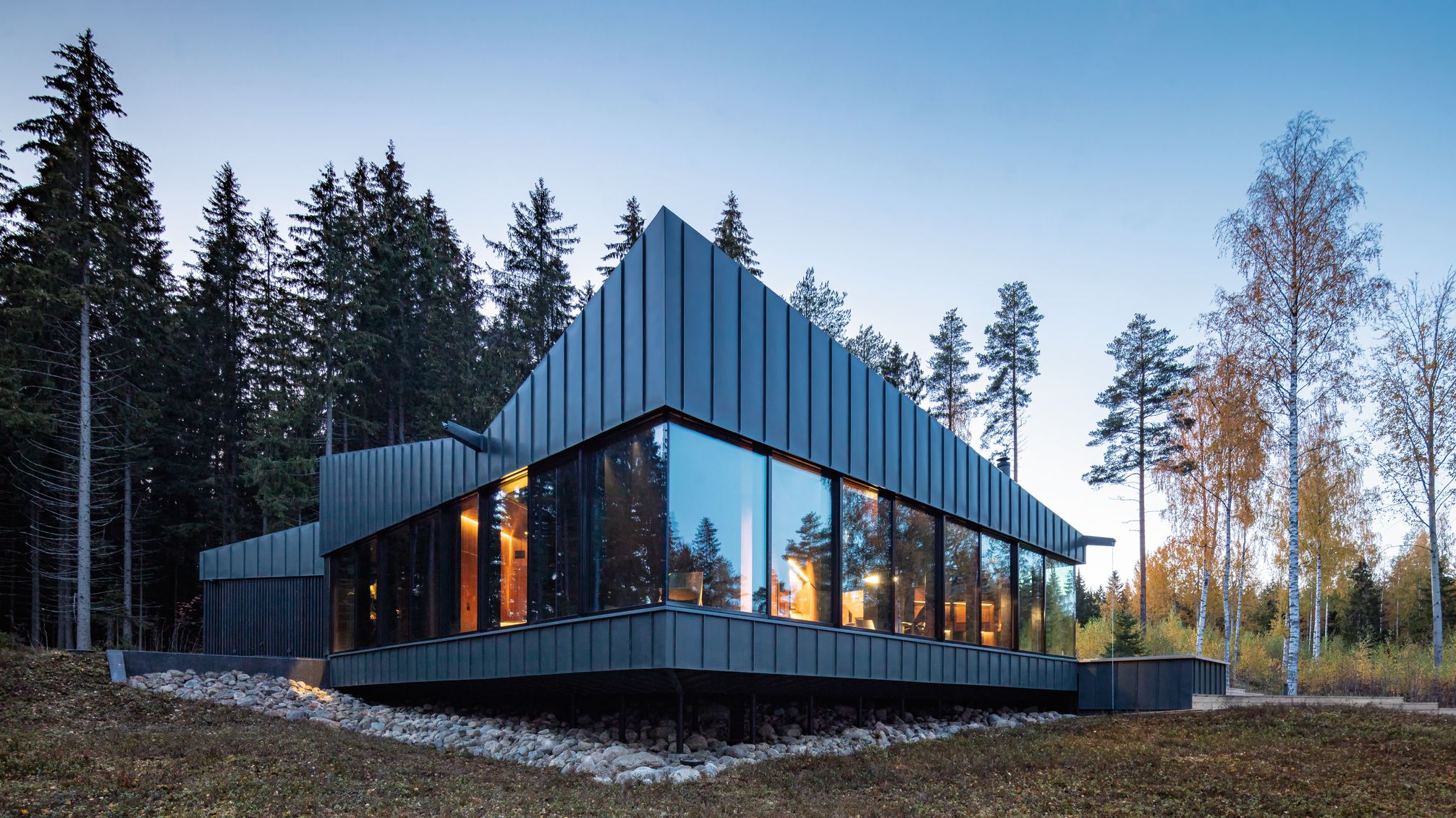The history of zinc
Its use as a construction metal has been growing exponentially since it was possible to roll it into sheet metal. Zinc was used in brass, an alloy consisting of copper and zinc, long before it was known as a construction metal itself. Brass was used, among other things, on objects made in 3000 BC in the regions of Babylonia and Assyria and 1400 to 1000 BC in Palestine.
People in India and China succeeded early on in melting zinc and purifying it to a large extent. However, it took almost another 1700 years until zinc was isolated as a pure metal by the German chemist Andreas Sigismund Marggraf in the 18th century. The origin of the name zinc is not known. It may have come from the Persian word "sing," which means "stone."
Thanks to the process of rolling zinc, developed in 1805, the metal was now suitable for use as roofing or for roof drainage. It quickly became an appealing alternative to expensive copper and heavy lead sheet. The first zinc factories opened in Silesia and Belgium, where large zinc mines were located. Rolling, which was still known as crushing at that time, yielded different material thicknesses. Basically, the more sheets were rolled together, the thinner the material became. This is also the origin of the numbering of zinc. Zinc 14 and Zinc 16, together with Zinc 12, are still the most commonly used thicknesses today. Back then, it was not possible to guarantee a final thickness accurate to the millimetre. Nowadays, titanium zinc sheets are produced only by the strip rolling process, so they can be produced to the hundredth of a millimetre. Zinc 12 is 0.65mm, zinc 14 0.80mm and zinc 16 1.10mm.
Early influences in the construction industry
The very first known application of zinc as a roofing material is the Saint Barthélémey church in Liège in 1811. However, the most notable influences on zinc as a building metal are those from France. In the mid-19th century, the city of Paris was experiencing a major growth in population. Napoleon III then commissioned the city planner Haussmann with plans for a large-scale renovation of Paris. Haussmann chose zinc for the roofs of the innumerable new buildings that were being built. This was a new product that epitomised modern architecture. Today, many mansard roofs made of zinc dominate the city's skyline.
This new architectural style reached many other countries in the years that followed, including the Netherlands, where the bourgeoise adopted the French architectural style. Villas, hotels or public buildings are now covered with zinc roofs in many cities such as The Hague or Amsterdam.
Quality – the optimum with RHEINZINK
Back then considered a somewhat brittle material, titanium zinc produced today is a guarantee of long service life. In the 18th century, the 1.4% lead content made the material susceptible to cracking. This impurity can now be avoided by using so-called electrolytic cleaning with the addition of titanium and copper. This makes the material much more stable and stronger.
The preferred installation method at the time was the grooved roof. However, this technique created a lot of tension in the material, which caused cracks to appear. Another historically widespread technique is interlocking diamond-shaped zinc tiles. This system was used only on steep roof slopes. Therefore, the traditional mansard roofs are often covered with these zinc plates on the steep sides and clad with the groove laying method on the more flat sides. Nowadays, roofing systems are characterised by many different features. Building on excellent product quality with titanium zinc from RHEINZINK, which guarantees durability and safety, planners and architects are offered numerous opportunities to find individual overall solutions with roofing systems. The double standing seam or angled standing seam system are just two examples.
The variety knows no boundaries
Besides roofing, the construction metal zinc is now used for many other purposes. Until the 19th century, gutters were predominantly made of wood. Occasionally, they were coated with lead to extend their life. This involved heavy, labour-intensive construction that required a great deal of maintenance. None of that is necessary anymore with the use of zinc.
The timeless appearance, durability and malleability make the natural material zinc an interesting choice as a façade material as well. Façade systems made of titanium zinc achieve a metallic appearance and create stylish accents that enhance the appearance of a building. Not only are modern systems a genuine eye-catcher, they also protect the building from the effects of the weather. In addition, this type of building envelope provides thermal insulation and thus saves energy.
After all, zinc has become a very widely used material in construction. Gutters and rainwater drainage pipes have proven their quality over the past decades, even centuries, more than once. Zinc is often found on roofs in historic towns, but the material is also used in modern architecture. From small dormers to roofs of churches or façades of office buildings, it opens up a great deal of versatility. The material became popular especially in the 90s of the last century, when architecture discovered the material as a façade cladding. This gave rise to new systems and the pre-patinated zinc, which gave the material new vigour.
You are on our global website.
Would you like to stay on rheinzink.com or visit the local RHEINZINK America website?
